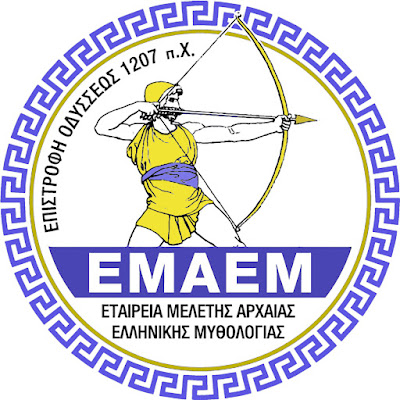
Curriculum vitae – G. Sarantitis.
George A. Saranditis was born in Athens on 7 / 7 / 1954. He worked and studied as a Mechanics Engineer, Electronics and Programmer.
His wife is a retired Bank employee. They have a 35-year-old son, an Engineer specialized in Finance / Logistics and Supply Chain and lives in Denmark.
In the 1960s and up to the mid-1970s, was producing car parts and Industrial machinery. It was the only firm in Greece that manufactured entirely Lathes, Milling Machines, Industrial Drills, etc. while his next company was the only laser repair company in Europe since the 70s.
He has carried out further training for 25 years in technologies of Electronic / Optical / Mechanical systems, in specialized electronic Industrial Computers as well as Pre-Printing and Printing technologies in Europe, USA, Japan.
Specialized in Informatics in Industrial Computers and was building software for the first Home Computers in the early 80s. Since 1984 his company has been dealing with specialized industrial machinery and Software for the Graphic Arts and Packaging industry.
Later served as General Manager and shareholder of two businesses, both in the Graphic Arts field. Today is retired and engaged in writing and studying Ancient Greek Writings. Was honored as a member of an interdisciplinary team by the Academy of Athens.
